Have you been wondering what to do with the bag of almond flour in your pantry? If so you're in the right place because here are the Vegan Almond Flour Recipes that you need to make right now! Also be sure to check out the FAQs for lots of tips about using and storing almond flour.

💌 SAVE THIS RECIPE!
Watch out for more tasty treats coming your way too! Unsubscribe at any time.
In this post:
Almond flour is a delicious, nutritious and really versatile ingredient. One that is a vegan staple in my pantry.
It has a mild, buttery flavour and carries a fat content that adds depth, buttery flavour, and richness to the final dish, whether savoury or sweet. Perfect examples of this are seen in my vegan butter and vegan ricotta recipes.
When used in baking, almond flour gives light, fluffy, moist and buttery results. As an added bonus, almond flour has a very high-fat content, which means that when baking with it, you can often significantly reduce or even omit the oil or vegan butter used. My healthy pie crust is the perfect example. It contains no added oil or vegan butter.
This makes almond flour really popular amongst people who follow a whole food plant-based diet.
Vegan Almond Flour Recipes
And now to the recipes! All of these recipes use almond flour and are simple and delicious.
Healthy Pie Crust
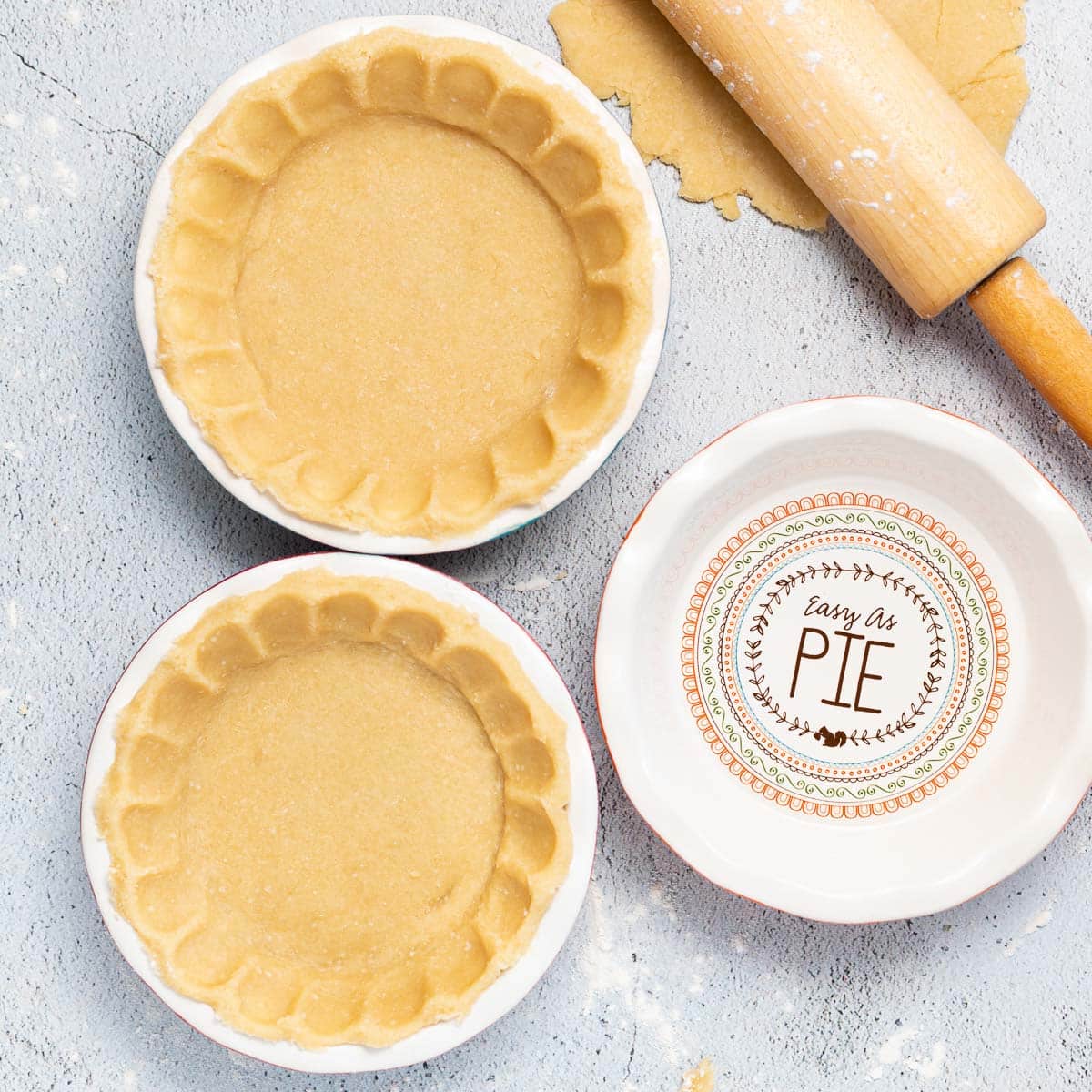
Vegan Parmesan Cheese

Vegan Almond Cake

Almond Flour Chocolate Chip Cookies

Vegan Scrambled Eggs
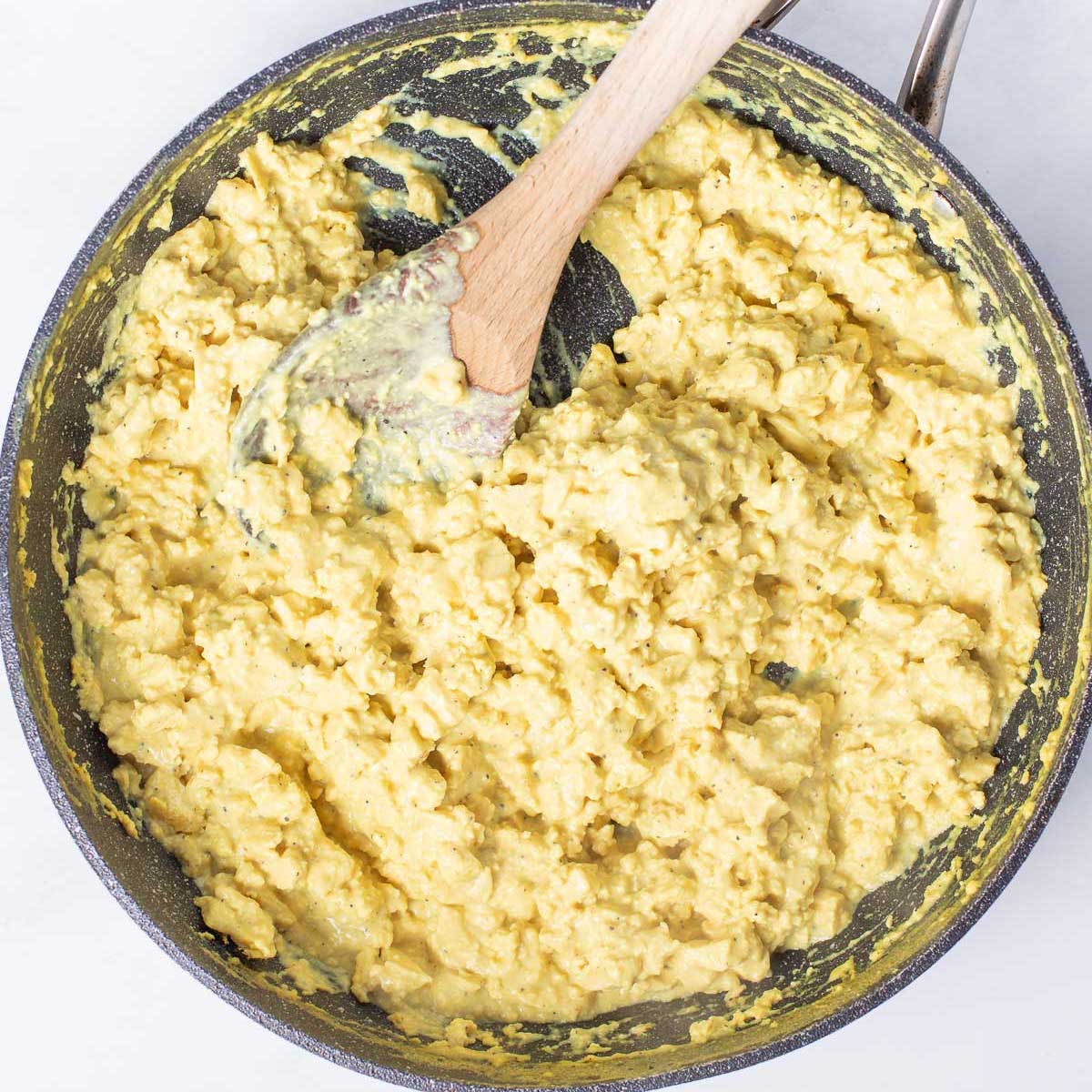
Healthy Vegan Biscuits
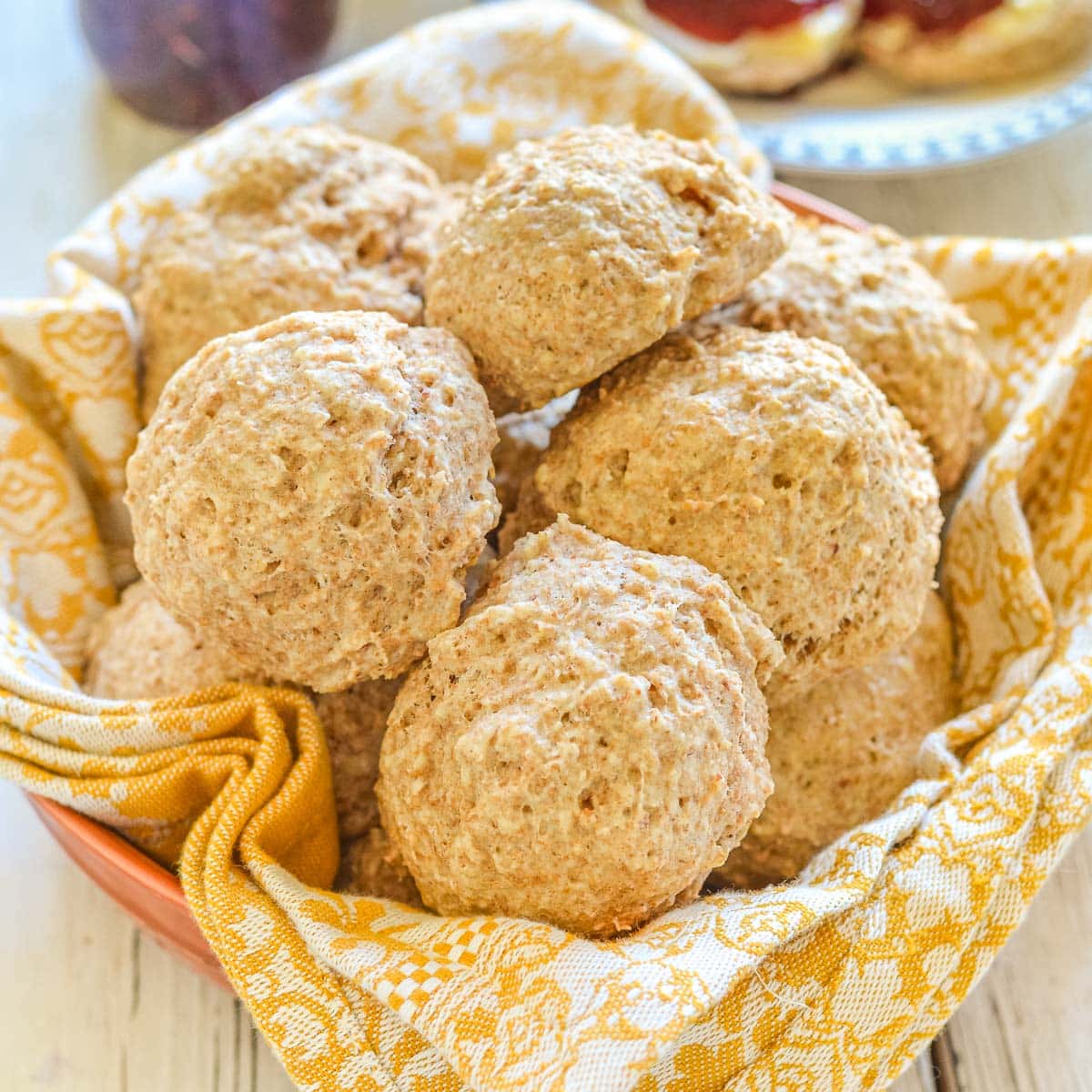
Vegan Butter
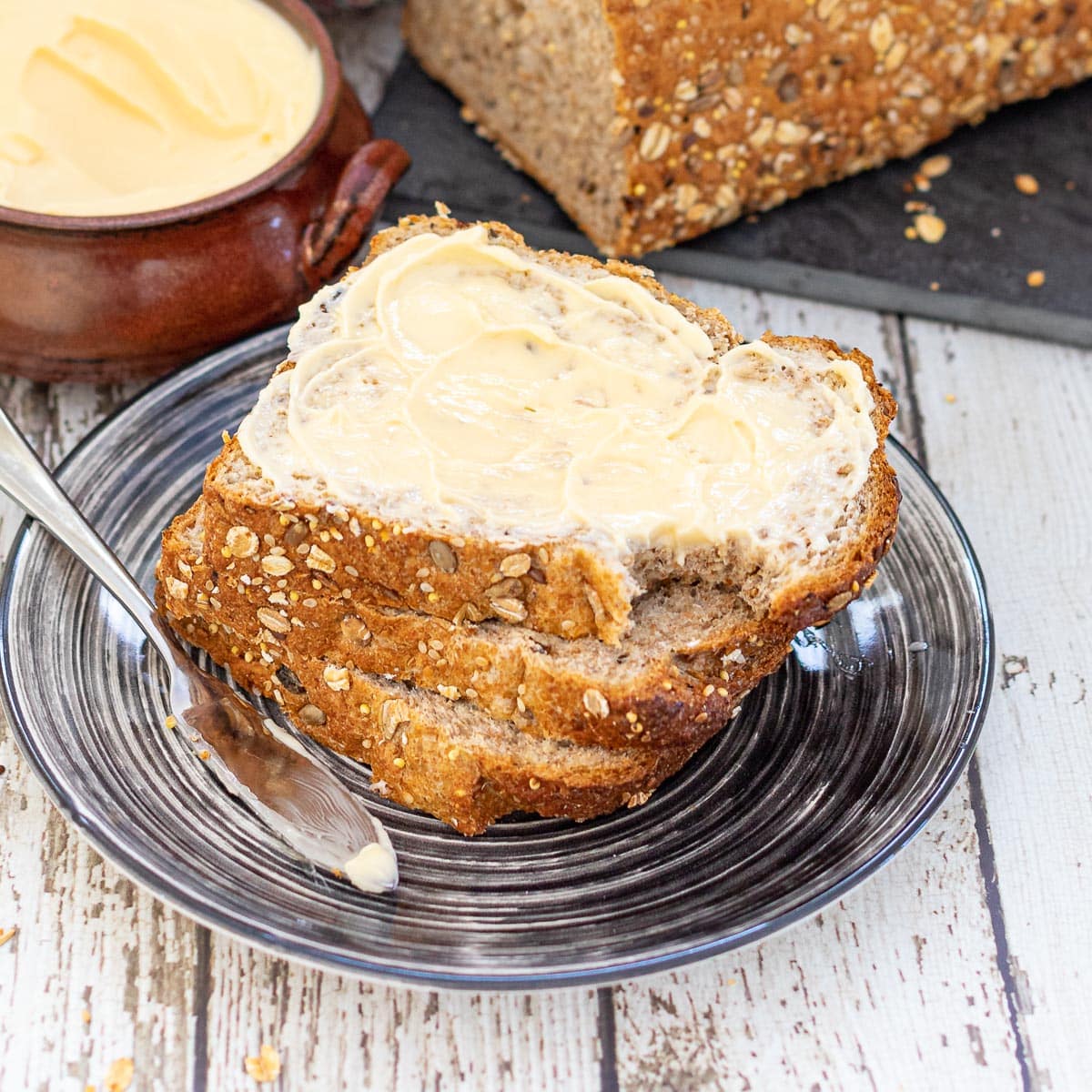
Vegan Ricotta
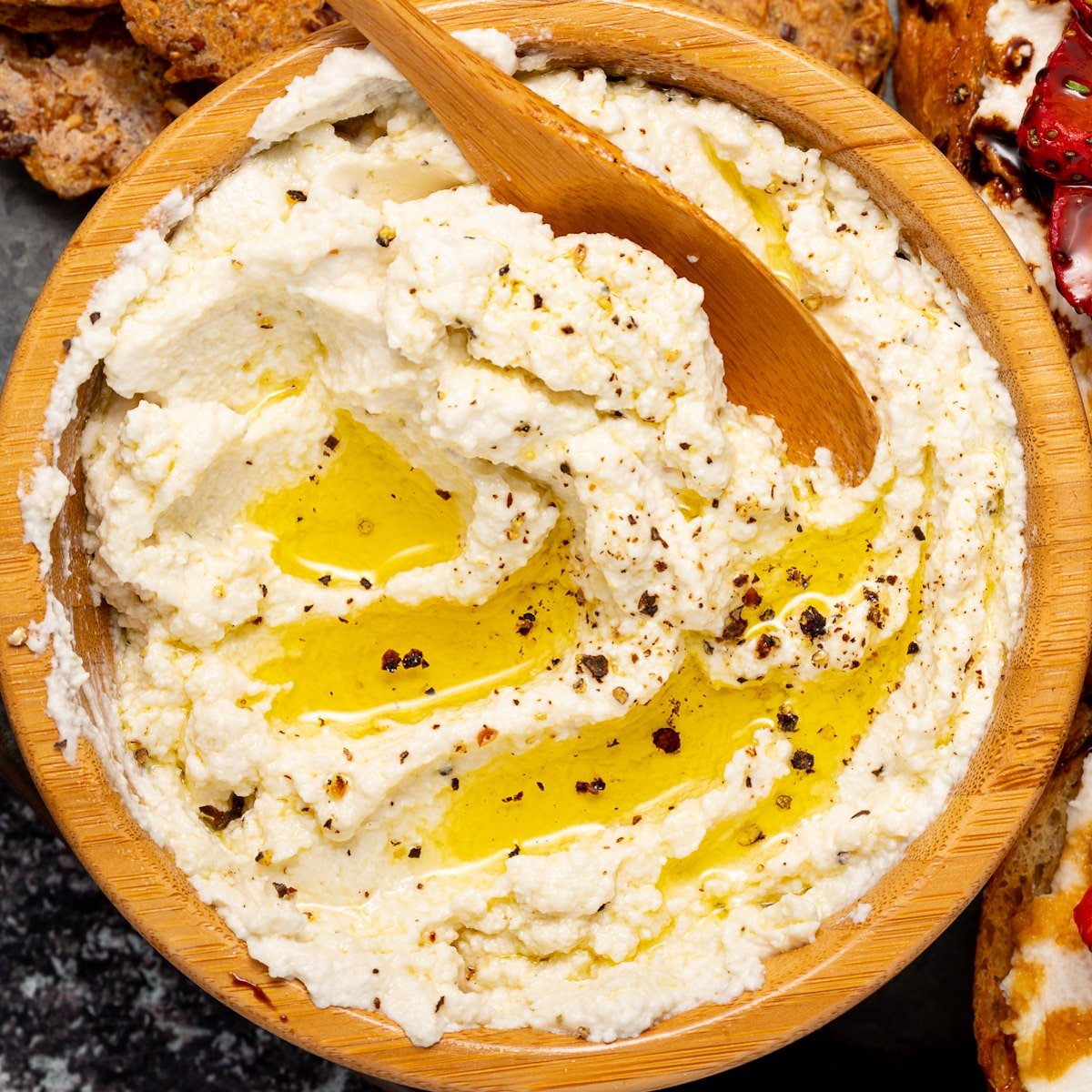
Vegan Cherry Muffins
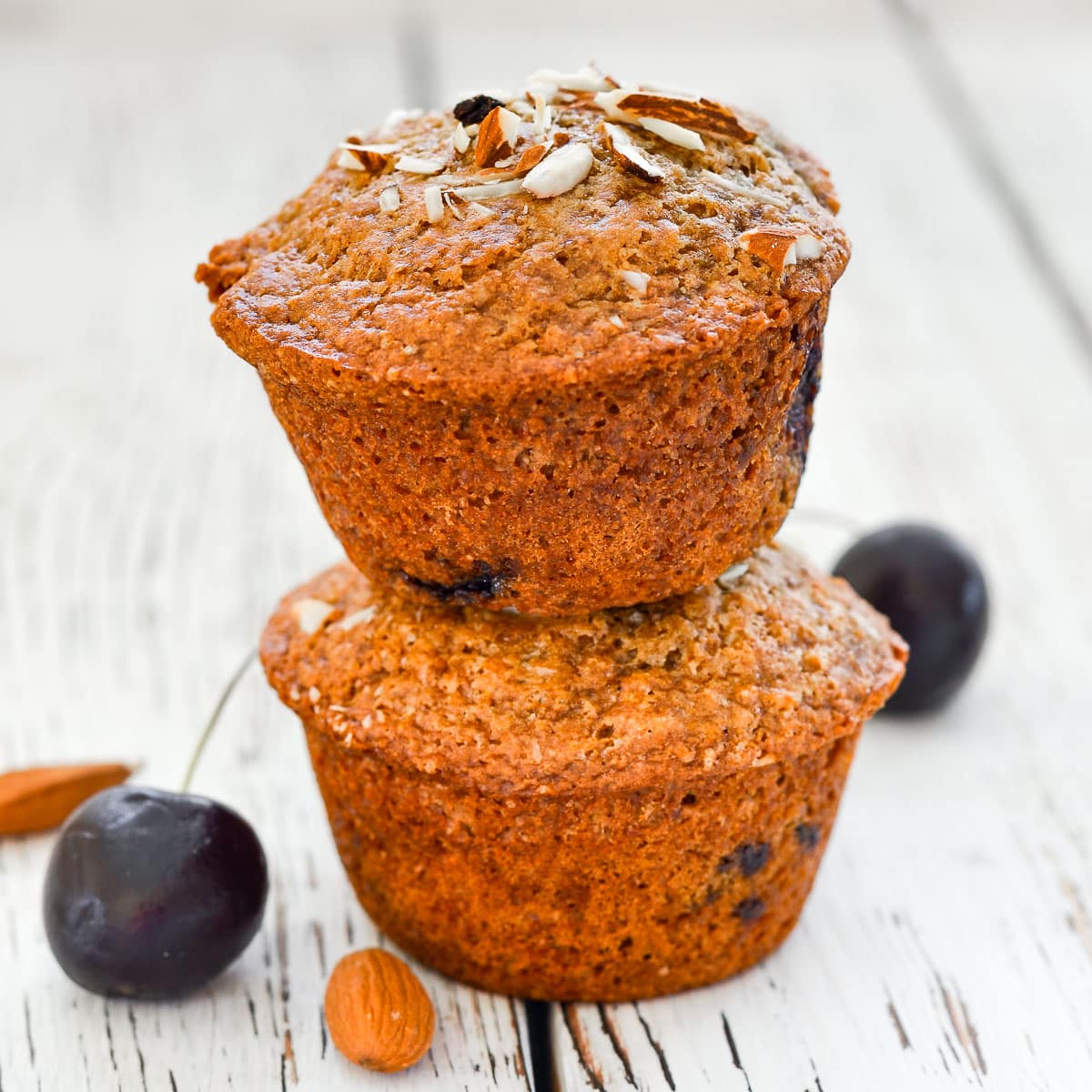
Vegan Carbonara
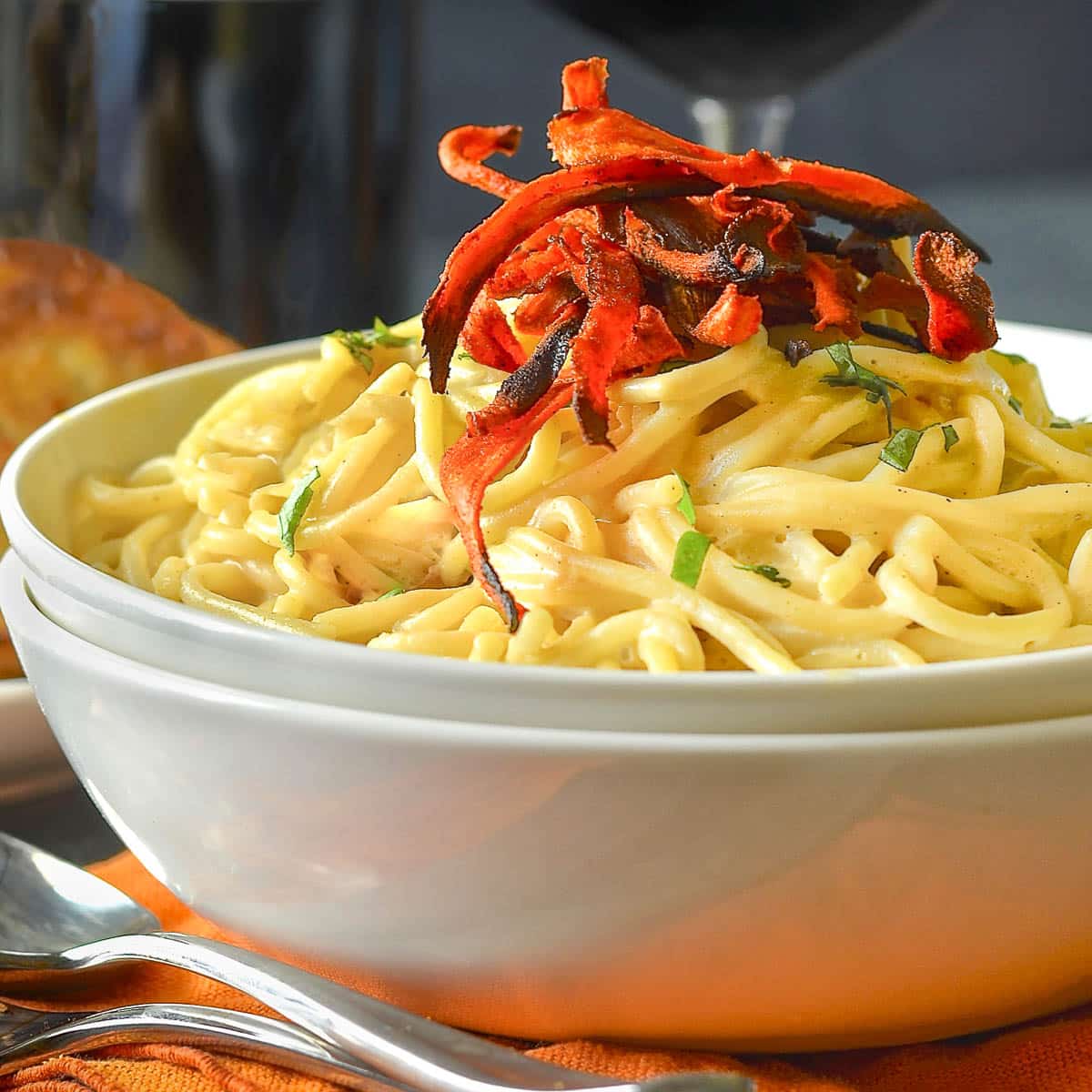
Banana Oatmeal Blueberry Muffins

Vegan Christmas Cake

Almond Flour FAQs
Almond flour is a very fine, light coloured flour made from blanched almonds. It has a mild buttery flavour and can be used in sweet or savoury recipes. It is naturally gluten-free and when used for baking it gives light, fluffy, moist and buttery results. Its buttery flavour is also the reason I use it in my vegan butter and vegan ricotta recipes.
Almond flour is made from blanched almonds and is ground very finely like flour. Almond meal is made from unblanched almonds and is ground much more coarsely, usually with the skin still on the almonds. It feels grittier and usually has little brown flecks throughout it. Almond flour is softer and has a finer texture and will be lighter in colour.
It really depends on the recipe. In some you can and in some you can't. The best way to know is to read the recipe thoroughly before making a start because usually it will be specified.
No. The two aren't interchangeable. They both have very different qualities. Almond flour is completely gluten-free and isn't as absorbent as wheat flour. Significant changes would need to be made to a recipe for it to work.
Because almond flour has a high fat content, it does have a tendency to turn rancid. Because of this it is best stored in the fridge or freezer unless you will be using it quite quickly. It will keep for 6 months in the fridge or 12 months in the freezer.
You can easily tell if your almond flour is fresh and good to use by smelling it. It should smell mild and very slightly nutty. If it smells unpleasant or sour in any way it is past its best and should be discarded.
Everyone's definition of healthy is different so that's up to you to decide. Almond flour certainly packs a punch in the nutrition department though. It is a great source of healthy fats, Vitamin E, fibre, biotin, phytonutrients and minerals such as calcium, phosphorous and magnesium. Read more about almonds, nutrition and health here.
And that's a wrap! Next time you're at the grocery store, grab a bag of almond flour so that you can give these delicious recipes a try.
And when you've tried any of these recipes with almond flour, I'd greatly appreciate you hopping over to the post to leave a comment and a rating so I know how you liked it!


Comments
No Comments